Description
A display cable transmits signals. It moves video and sometimes audio. It connects devices to screens. Computers, laptops, or consoles link to monitors, TVs, or projectors. The cable type depends on your device ports. Many call it a High-Quality or universal Display Cable.
Common Types of Display Cables
HDMI (High-Definition Multimedia Interface) supports both video and audio. Modern TVs, monitors, and consoles commonly use it. Laptops also feature HDMI ports. Versions include HDMI 1.4 (4K at 30Hz), HDMI 2.0 (4K at 60Hz), and HDMI 2.1 (8K support). It’s perfect for home entertainment and gaming. Office setups also benefit.
VGA (Video Graphics Array) carries an analog video signal. It offers no audio support. Older computers, projectors, and monitors commonly use it. It serves legacy systems and older displays well.
DVI (Digital Visual Interface) supports digital and analog video. However, it provides no audio. Variants exist: DVI-D (digital), DVI-A (analog), and DVI-I (integrated). Mid-range monitors use it. Older gaming systems also apply it.
DisplayPort (DP) transmits digital video and audio. It supports high-resolution video. High refresh rates are possible, up to 8K. Mini DisplayPort is a smaller version. Certain laptops, like older MacBooks, use it. It suits high-performance monitors. Gaming and professional setups benefit greatly.
USB-C carries digital signals. It supports video, audio, data, and power. A single cable handles all these. Modern laptops, tablets, and monitors use USB-C ports. It is ideal for lightweight, portable setups. Modern workstations also use it.
Thunderbolt combines DisplayPort video and audio. It also features high-speed data transfer. High-end laptops often have it. Professional-grade monitors utilize it. Creative workstations and high-end gaming setups benefit.
Composite and Component Cables are analog. Composite has one video cable. Component splits into three for better quality. They are obsolete in modern devices. Older TVs and video equipment might still use them.
Mini HDMI and Micro HDMI are smaller HDMI versions. They suit compact devices. Cameras, tablets, and small laptops use them. They connect small devices to TVs or monitors.
Choosing the Right Cable
Always check your device ports first. Look for HDMI, DisplayPort, or USB-C. Match the cable version to your display’s resolution. For example, use HDMI 2.0 for 4K at 60Hz. Consider audio requirements. If you need audio, avoid VGA or DVI. Unless, you pair them with a separate audio cable.
Choose the appropriate cable length. Standard lengths are 3ft, 6ft, 10ft. Avoid excessively long cables. This is especially true for high resolutions.
Common Issues and Solutions
Signal loss or flickering can occur. Use a high-quality cable with good shielding. Avoid overly long cables without a signal booster. Compatibility issues sometimes arise. Use adapters, like HDMI to VGA, for different port types. If there is no audio, ensure the cable supports it. HDMI and DisplayPort carry audio. Check your device settings for audio output.
Summary
Let us help you identify the right cable. We can also assist with adapters. Troubleshooting display issues is also a service we offer. These cables are readily available at Takashi in Nairobi, Kenya. They ensure clear visuals for all your screens.
Our Facebook Page


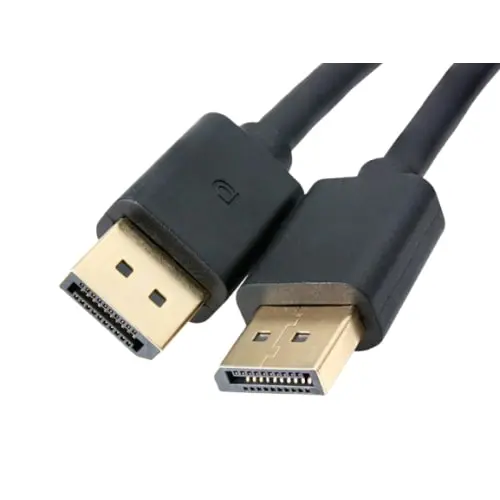
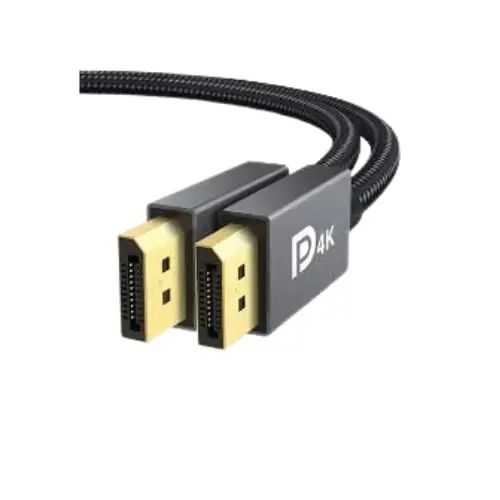
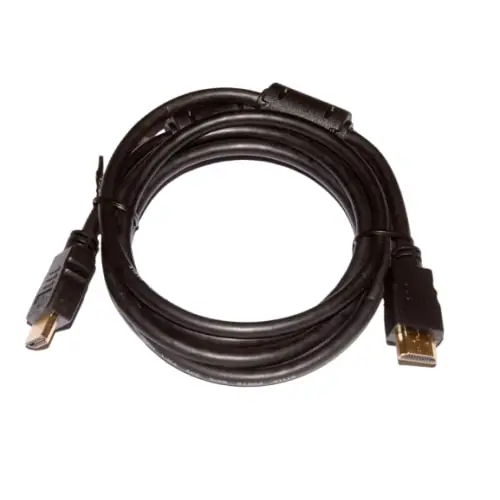
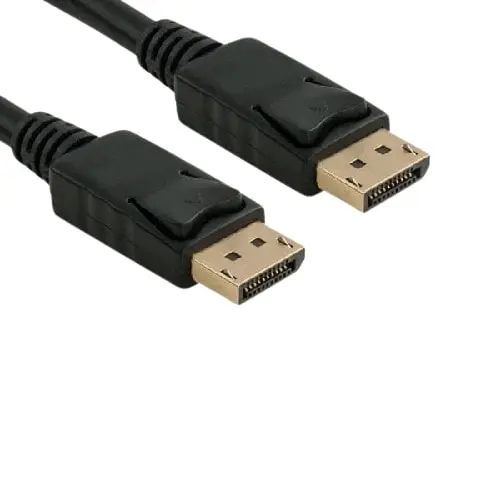


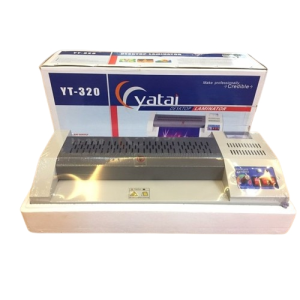
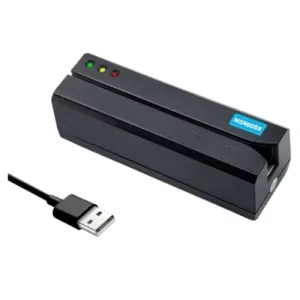

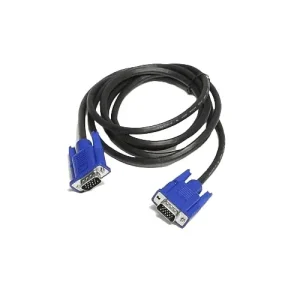
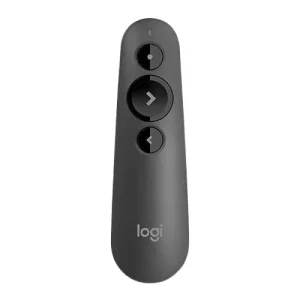
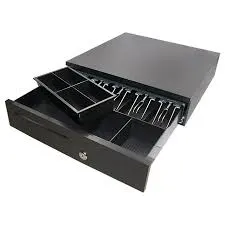
Reviews
There are no reviews yet.